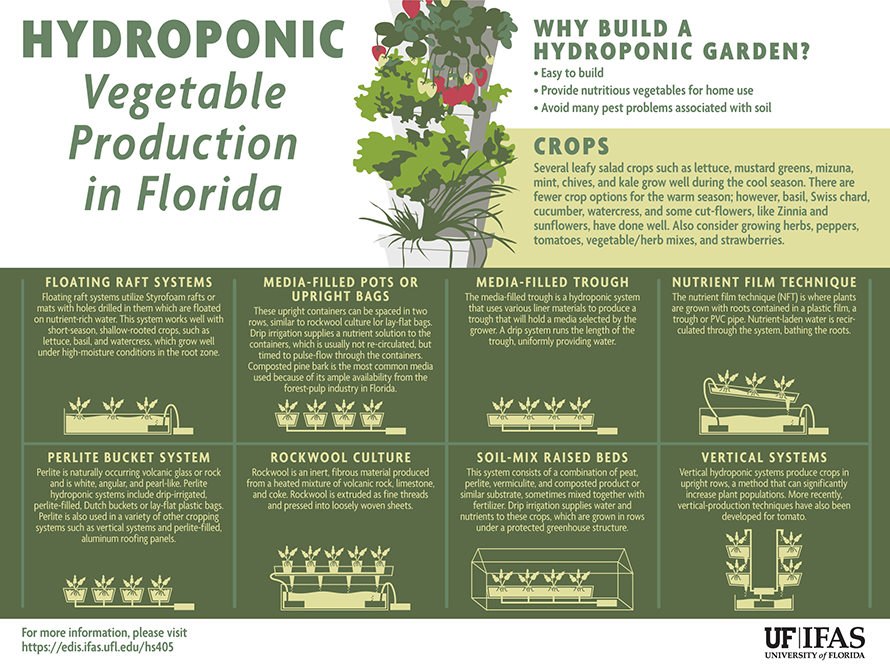Indicators That Tree Removal Is Necessary: Identifying Dangerous Trees
Indicators That Tree Removal Is Necessary: Identifying Dangerous Trees
Blog Article
Material Writer-Velling Emerson
When it comes to tree treatment, acknowledging the indicators that it's time for elimination is vital for your security and residential property. You may notice tarnished leaves, wilting branches, or weird fungal growths indicating health problems. Architectural issues, like a considerable lean or cracks in the trunk, can also present dangers. Recognizing these indication can help you make notified decisions concerning your trees and avoid potential risks prowling in your backyard. What should you try to find following?
Indicators of Decay and Illness
When you see signs of degeneration and disease in your trees, it's crucial to act swiftly. Seek tarnished leaves, wilting branches, or unusual growths like fungus. These can indicate that your tree is battling.
If you see splits in the bark or soft, mushy timber, these symptoms suggest internal degeneration. Additionally, an unexpected increase in parasites around your tree can indicate that it's weakened and susceptible.
Look for any dead or passing away limbs, as they pose a danger to your property and safety and security. If you're uncertain concerning what you see, seeking advice from an arborist can offer quality.
Attending to these indicators early can save you from much more considerable damage and guarantee the health and wellness of your lawn. Don't wait up until it's far too late.
Structural Instability and Leaning
As you observe your trees, watch out for any indications of architectural instability or leaning. If read full article leans dramatically, it may suggest that the origin system is compromised.
Seek any splits in the trunk or dirt around the base; these can signal potential failure. Additionally, look for uncommon development patterns, like an unbalanced crown, which might suggest that the tree is struggling to hold itself upright.
If you discover that the tree favors your home, power lines, or other structures, it positions a higher risk. Do not ignore these indicators-- seek advice from an arborist to assess the situation.
Taking action early can avoid costly damages and guarantee your security.
Dead or Perishing Branches and Vegetation
If you observe dead or dying branches and foliage on your tree, it's a clear sign that something's wrong.
These unhealthy areas can indicate underlying concerns like disease, bug invasions, or ecological anxiety. When branches lose their leaves or turn brown, they're no longer contributing to the tree's health and wellness. Neglecting these indications might lead to further decrease, making your tree extra harmful.
Dead branches can conveniently break off during tornados, posturing a danger to property and people close by. It's critical to examine the degree of the damages.
If the issue influences a significant part of the tree, think about speaking with a professional. They can assist establish if elimination is necessary to make sure security and maintain the elegance of your landscape.
Final thought
If you observe any type of indicators of degeneration, architectural instability, or dead branches on your trees, do not ignore them. These signs can posture major safety and security risks to you and your building. It's constantly best to speak with a professional arborist who can give an expert evaluation of your trees. Doing something about it early can protect against accidents and expensive damage, guaranteeing your landscape remains risk-free and healthy. Remember, it's far better to be proactive about tree treatment than to await a disaster to take place.
